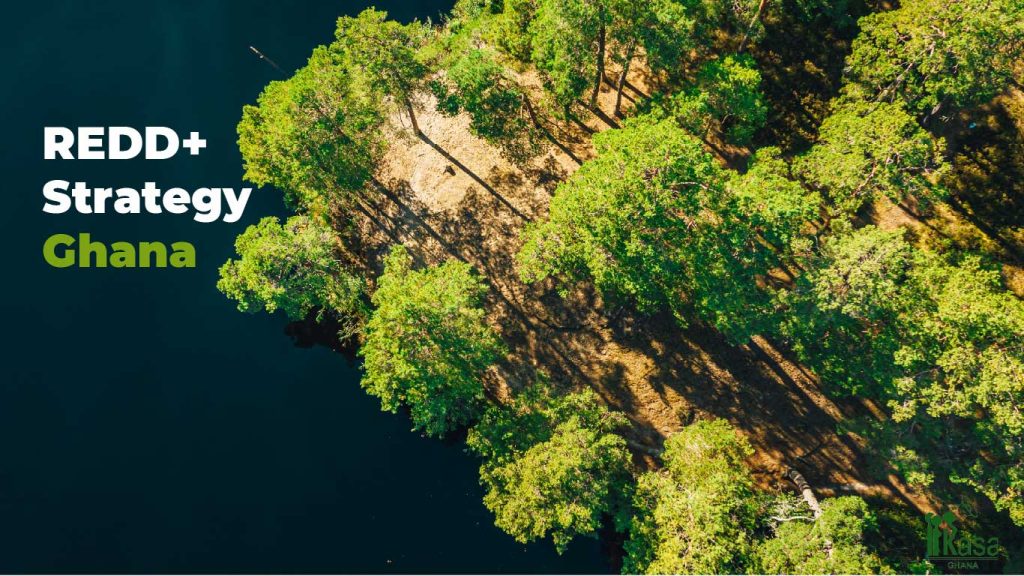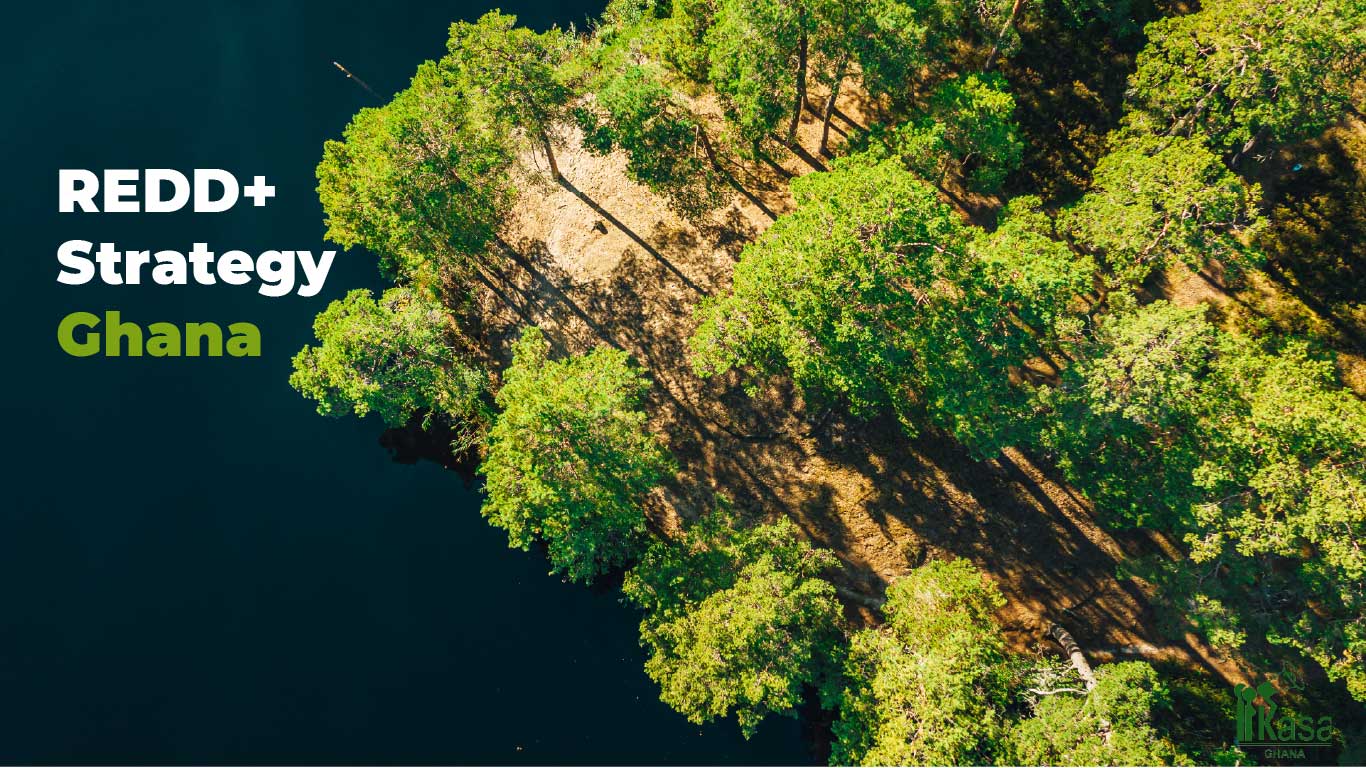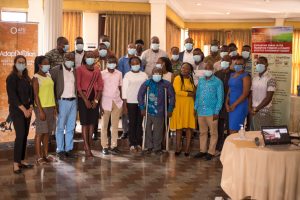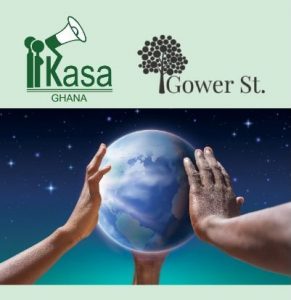REDD+ Strategy: Mitigating Forest Degradation and Deforestation in Ghana
ReDD+ or fully know as reducing emission from deforestation and forest degradation with the + signifying the role of conservation, sustainable management of forests and enhancement of forest carbon stocks is a United Nations framework that aims to mitigate climate change by conserving forests. This is mainly by giving incentives to countries with large tree cover to not cut down their trees. Apart from greenhouse emissions by agriculture, transport and mining among others, cutting down trees releases carbon stored in their trunks when cut down. Thus deforestation aggravates an only worse situation of rising temperatures: increased greenhouse gasses including carbon which trap heat from the sun and re-radiate it on the earth surface.
Through the REDD+ framework, countries are able to value their carbon credits to the carbon market and create financial incentives to prevent deforestation. They do this by incorporating strategies such as agro-forestry thus reducing the number of trees cut down to allow for farming by introducing agro-forestry, reducing forest degradation which harms a forest’s biodiversity and forest functions such as erosion control and championing for sustainable measures that elevated socio, economic and ecological benefits for current and future communities. Through this framework, countries, multilateral finance institutions, private sectors and international donors can pay countries to conserve their tree covers as is. This can be through actual currency or exchange of carbon credits. Carbon credits are tradable certificates that represent the reduction or removal of one metric ton of carbon dioxide (or its equivalent) from the atmosphere, used to offset emissions. (more on this in the carbon credit article)
Ghana in REDD+ framework was approved in 2016 and spans 20 years. Being a live document, it can be updated or even re-written in response to changes in climate change disruptions, economical influences as well as change in laws. It aligns with Ghana’s broader climate change and environmental policies and international commitments. The framework has been developed under three themes; achieving what has been proposed, governance and tracking. It not only seeks to restore deforestation and reduce degradation but also integrate innovation for economic development . Apart from the development of an appropriate governance structure in order to implement the framework, Ghana has also put in place bodies for advisory, monitoring and carry out oversight on the implementation of the REDD+ strategy. This groups include the Environmental and Natural Resources Advisory Council (ENRAC) which seats at the cabinet level and is tasked with providing advisory input on policy and goal setting, the National REDD+ Working Group (NRWG) a multi-stakeholder platform hosted by the Ministry of Lands and Natural Resources, the inter-sectoral Technical Coordinating Committee-Plus (TCC+) hosted by the Ministry of Environment coordinates institutions involved in the implementation and the Ghana’s National REDD+ Secretariat (NRS) hosted by the Forestry Commission of Ghana and is responsible for the day to day coordination and management of Ghana’s REDD+ programme
Ghana was among the first countries globally to submit its forest-related emission reductions in 2021. Following a successful validation and verification process, in 2022, the Carbon Fund awarded Ghana under the World Bank’s Forest Carbon Partnership Facility (FCPF) $4,862,280 for reducing 972,456 tons of carbon emissions for the first monitoring period under the program (June to December 2019). The payment was one of four payments under the country’s Emission Reductions Payment Agreement (ERPA) with the World Bank. When implemented fully, Ghana is eligible to earn $50 million for 10 million metric tons of carbon reduced by the end of 2024. The actions proposed in the strategy are to be carried out in the Guinean forest which is rich with biodiversity and has a large contribution to West Africa’s climate.
By Lilian Mukami
Communications Advisor





